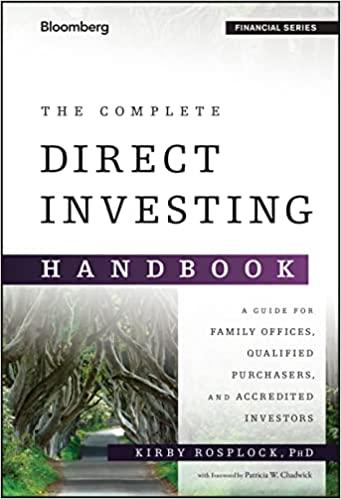Consider the following data for Nike Inc.: In 2009 it had $ 19 comma 200 million in sales with a 10% growth rate in 2010,
Consider the following data for Nike Inc.: In 2009 it had $ 19 comma 200 million in sales with a 10% growth rate in 2010, but then slows by 1 % to the long-run growth rate of 5% by 2015. Nike expects EBIT to be 10% of sales, increases in net working capital requirements to be 10% of any increases in sales, and capital expenditures to equal depreciation expenses. Nike also has $2 comma 300 million in cash, $32 million in debt, 486 million shares outstanding, a tax rate of 24%, and a weighted average cost of capital of 10%. a. Suppose you believe Nike's initial revenue growth rate will be between 7 % and 11 % (with growth slowing linearly to 5% by year 2015). What range of prices for Nike stock is consistent with these forecasts? b. Suppose you believe Nike's initial revenue EBIT margin will be between 9 % and 11 % of sales. What range of prices for Nike stock is consistent with these forecasts? c. Suppose you believe Nike's weighted average cost of capital is between 9.5% and 12%. What range of prices for Nike stock is consistent with these forecasts? d. What range of stock prices is consistent if you vary the estimates as in parts (a), (b), and (c) simultaneously?

Step by Step Solution
There are 3 Steps involved in it
Step: 1

See step-by-step solutions with expert insights and AI powered tools for academic success
Step: 2

Step: 3

Ace Your Homework with AI
Get the answers you need in no time with our AI-driven, step-by-step assistance
Get Started


